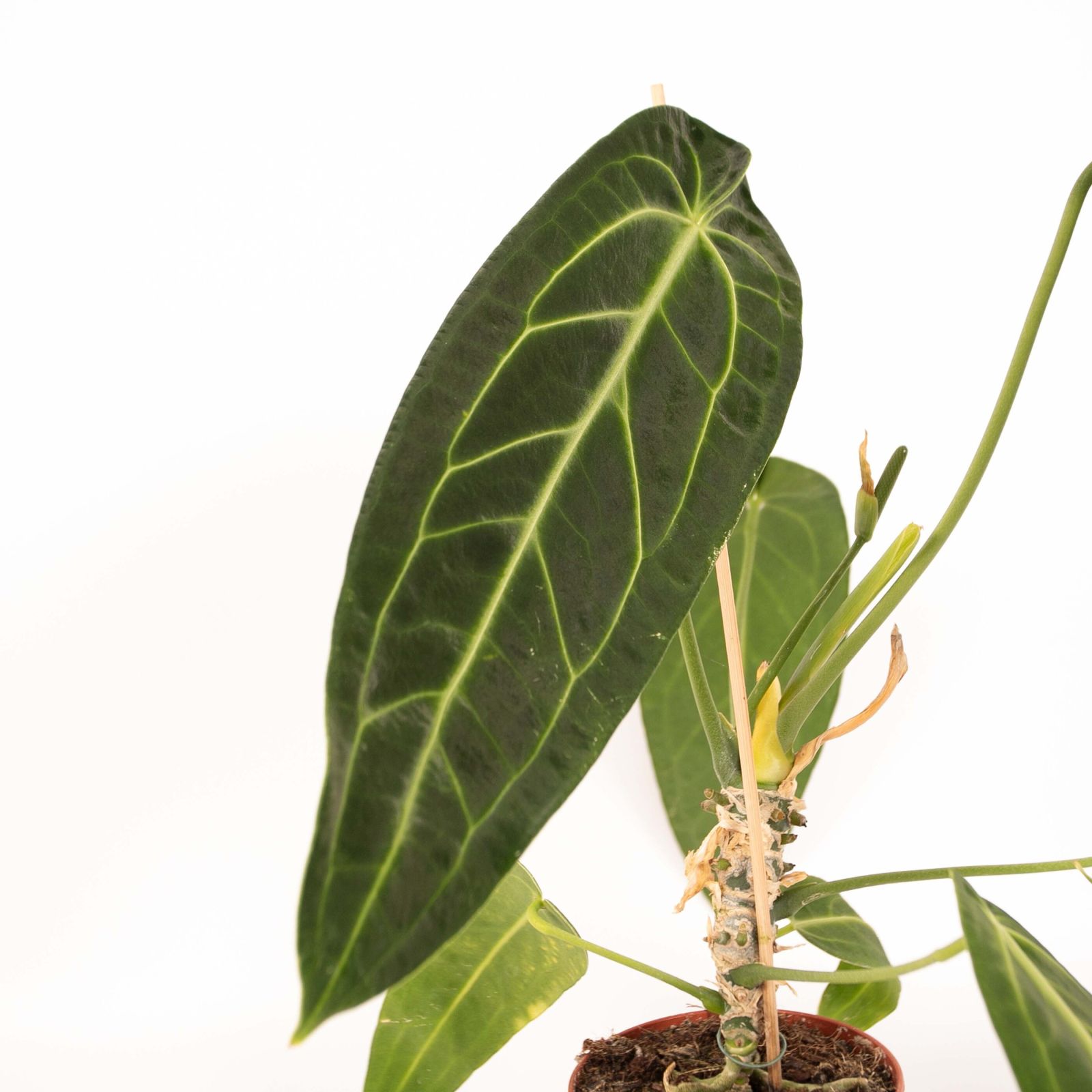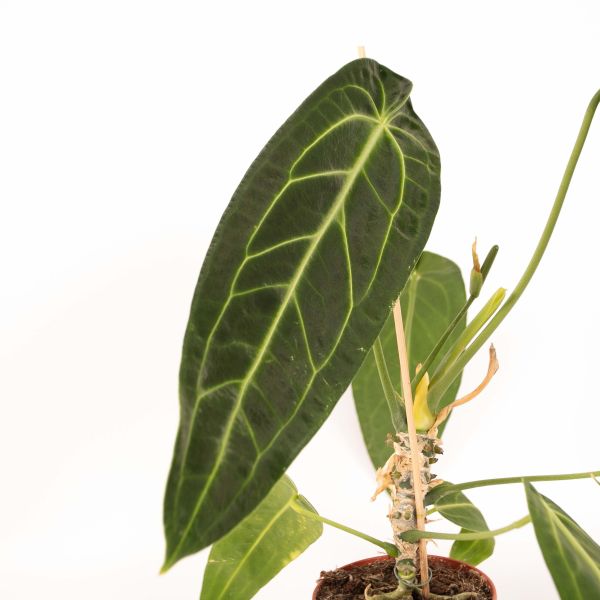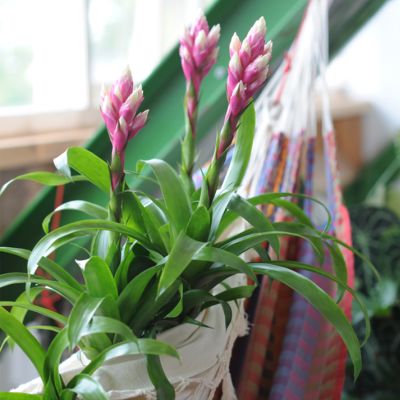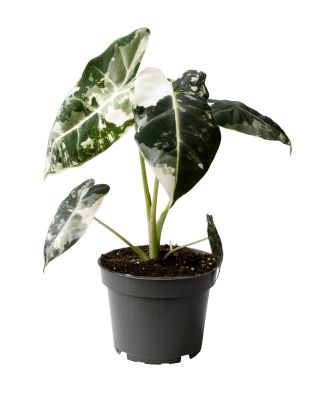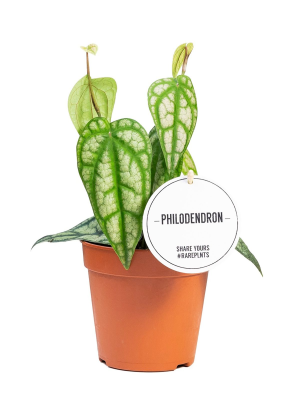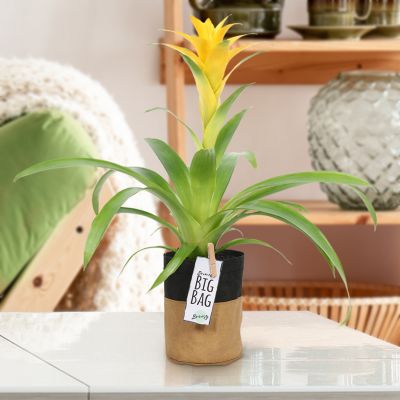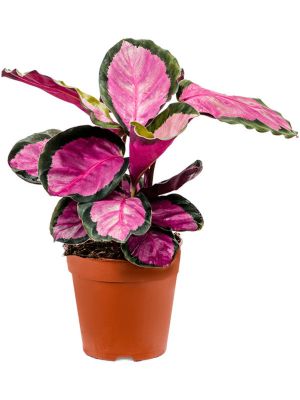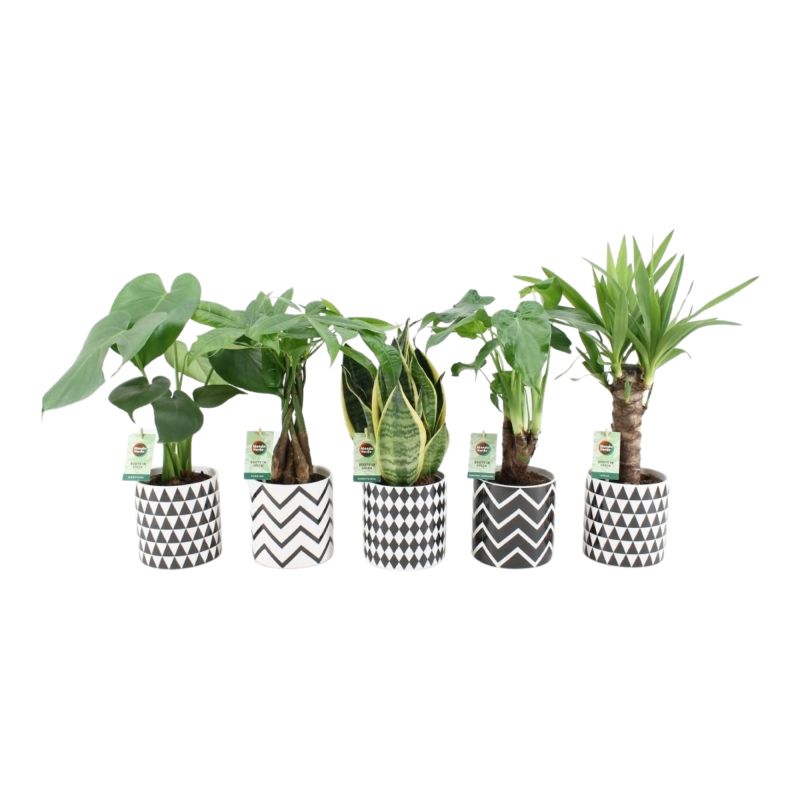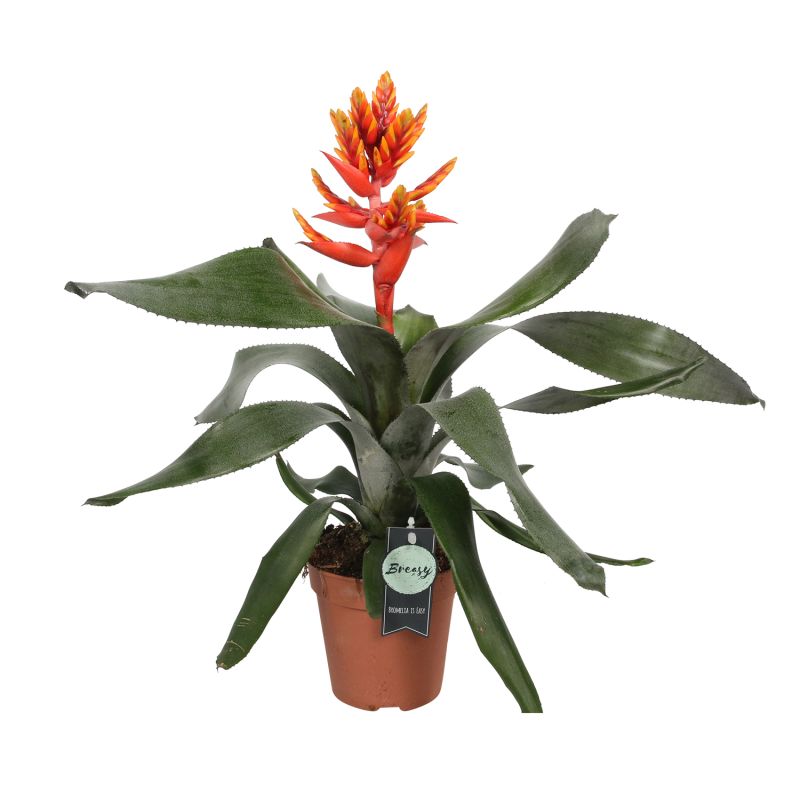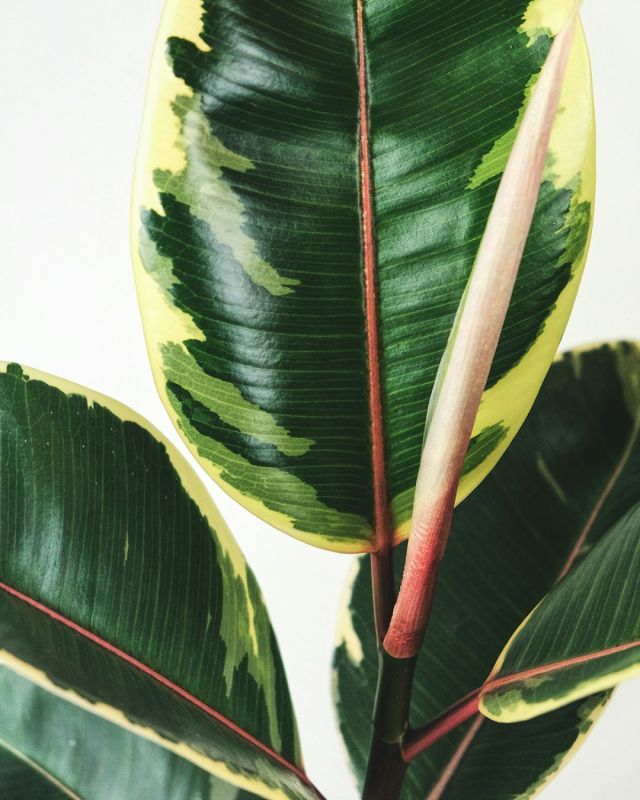Anthuriums, also known as flamingo flowers or laceleaf plants, are popular houseplants admired for their striking, waxy flowers and lush green foliage. These tropical beauties are relatively easy to care for when given the right conditions. If you're looking to keep your Anthurium thriving indoors, follow this detailed care guide.
1. Choosing the Right Spot: Light and Placement
Anthuriums prefer bright, indirect light to grow well and produce their vibrant flowers. However, they can tolerate lower light conditions, though this may slow down blooming.
- Ideal light: Place your Anthurium near an east- or west-facing window with filtered light. If using artificial light, a grow lamp can help supplement its needs.
- Avoid direct sunlight: Too much direct sun can scorch the leaves, while too little light may reduce flowering.
- Temperature: Keep your Anthurium in a warm environment, ideally between 18°C and 27°C (65–80°F). Avoid exposing it to cold drafts or temperatures below 15°C (59°F).
2. Watering: Keeping the Balance
Proper watering is key to maintaining a healthy Anthurium. These plants like moist but not soggy soil.
- Water when the top inch of soil is dry: Stick your finger into the soil—if it feels dry about an inch deep, it's time to water.
- Avoid overwatering: Anthuriums are prone to root rot if left sitting in excess water. Always empty the saucer after watering.
- Use lukewarm water: Cold water can shock the plant, so room-temperature water is best.
- Watering frequency: Typically, water once a week, but adjust depending on humidity levels and season.
3. Humidity: Creating a Tropical Environment
Since Anthuriums are native to tropical rainforests, they thrive in a humid environment. Ideally, humidity should be above 60%.
- Use a humidifier: This is the best way to maintain consistent humidity indoors.
- Mist occasionally: Lightly misting the leaves can help, but avoid excessive moisture to prevent fungal issues.
- Pebble tray method: Place a tray filled with water and pebbles under the pot to increase humidity naturally.
4. Soil and Potting: The Right Mix for Drainage
Anthuriums need well-draining, aerated soil that retains some moisture without becoming waterlogged.
- Best soil mix: A mix of peat moss, orchid bark, and perlite works well to provide the right balance of moisture and drainage.
- Repotting: Repot every 2–3 years or when the roots start to outgrow the pot. Choose a pot with drainage holes to prevent water accumulation.
5. Fertilizing: Encouraging Growth and Flowers
Anthuriums don’t require frequent fertilization, but occasional feeding helps promote healthy growth and blooms.
- Use a balanced liquid fertilizer (e.g., 20-20-20 or 10-10-10).
- Apply once a month during the growing season (spring and summer).
- Dilute the fertilizer to half strength to avoid overfeeding, which can damage the roots.
6. Pruning and Maintenance
Regular maintenance keeps your Anthurium looking its best.
- Remove yellow or dead leaves to encourage new growth.
- Trim faded flowers to promote continuous blooming.
- Wipe the leaves with a damp cloth to remove dust and help with photosynthesis.
7. Common Problems and Solutions
Even with the best care, Anthuriums can face some common issues:
- Yellow leaves: Usually a sign of overwatering or lack of nutrients. Adjust watering and consider fertilizing.
- Brown leaf tips: Caused by low humidity or fluoride in tap water. Use distilled or filtered water and increase humidity.
- No flowers: If your Anthurium isn’t blooming, it may need more light, fertilization, or repotting.
- Pests: Watch out for aphids, spider mites, or mealybugs. Treat infestations with insecticidal soap or neem oil.
8. Propagation: Growing New Anthuriums
You can propagate Anthuriums by division or stem cuttings:
- Division: Separate offsets from the mother plant during repotting and plant them in their own pots.
- Stem cuttings: Take a cutting with a few aerial roots and plant it in a moist potting mix.
Final Thoughts
With proper care, an Anthurium can thrive for years, bringing exotic beauty to your indoor space. By providing bright indirect light, consistent moisture, high humidity, and occasional feeding, your Anthurium will reward you with its signature heart-shaped flowers and lush foliage.
Happy planting! 🌿✨
